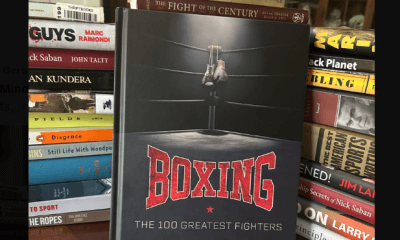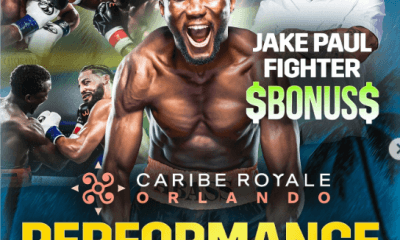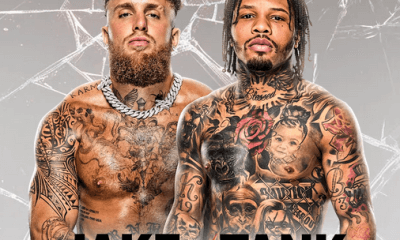Featured Articles
Re-visiting the Walker Law of 1920 which Transformed Boxing
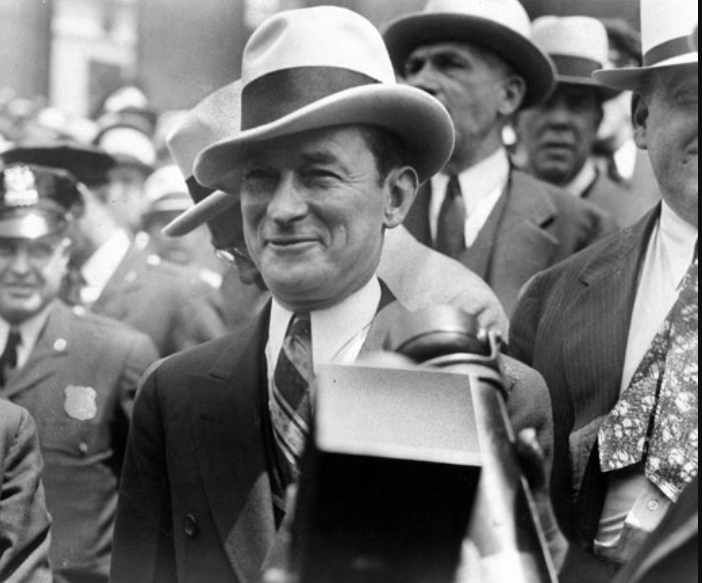
One hundred years ago this week, on March 24, 1920, a boxing reform bill sponsored by Sen. James J. Walker passed the New York State Senate. The bill ultimately became law and its provisions came to be adopted by law-makers in other states, bringing some uniformity to the most anarchic of popular sports. And what better time to re-visit this transformative legislation than now, the centennial?
Prizfighting was an outlaw sport in the Empire State until 1896 when the legislature passed the Horton Law which allowed bouts up to 25 rounds with five-ounce gloves in buildings owned or leased by a chartered athletic club. New York was a beehive of world class boxing during the days of the Horton Law, but the hubbub was short-lived. A spate of fixed fights and ring fatalities sparked a cry for reform and the law was repealed in 1900.
The Lewis Law, which supplanted the Horton Law, reduced the maximum number of rounds from 25 to 10 and stipulated that no decision would be rendered. The Lewis Law also restricted patronage to members of the athletic club sponsoring the event.
The Frawley Law of 1911 re-opened the fights to the general public but otherwise left the provisions of the Lewis Law pretty much intact. The most important fight in New York during the Frawley Law days was Jess Willard’s defense of his world heavyweight title against Frank Moran at Madison Square Garden in 1916. The fight went the distance, the full 10 rounds, and Willard had the best of it although you wouldn’t know that from the official decision as there was none.
During the last years of the nineteen-teens, several boxing reform bills were presented to the New York legislature. In fact, the Walker Bill was one of four that was taken under consideration. When it finally came to pass, the no-decision rule had been struck down by a 1919 amendment to the Frawley Law that gave the referee the authority to designate the winner.
A key feature of the Walker Law was that everyone involved in a boxing match — from the lowliest spit-bucket carrier to the promoter — had to be licensed. This included managers, matchmakers, referees, judges, ring doctors; even the ring announcer. The licensees were accountable to the boxing commission, a panel appointed by the governor. The commission had the power to approve matches, assign the officials, and establish and collect fees.
The Walker Law approved matches up to 15 rounds and allowed official decisions. Two judges would determine the winner and if they disagreed, the referee would act as the tie-breaker.
Previous laws allowed prizefighting under the guise of sparring exhibitions. The Walker Law made no distinction and this took the police out of the equation. Historically, it was the Sheriff’s responsibility to determine if a bout should be stopped because it had become too one-sided; too brutal. And if, pray tell, one of the contestants died as a result of blows received, his opponent and his opponent’s chief second and perhaps others would be arrested and charged with manslaughter.
Under the Walker Law, the decision of whether to stop a match rested with the referee or the ring physician or the highest-ranking boxing official at ringside. A boxer could now fight full bore without worrying that he could be charged with a crime.
After passing the Senate, the Walker Law passed the Assembly by a margin of 91-46. It was signed into law by Gov. Al Smith on May 24, 1920 and took effect on Sept.1. This ignited a great flurry of boxing in the Empire State. By March of 1924, the state had licensed 6,123 boxers.
The Walker Law became the template that lawmakers in other jurisdictions followed when they introduced their own boxing bills. Cynics would have it that the most attractive feature of the Walker Law to those that embraced it was the tax imposed on gate receipts. In New York under the guidelines of the Walker Law, it was 5 percent.
This wasn’t too far off the mark. The drive to legalize boxing picked up steam in the Depression when state coffers were depleted and new sources of revenue were needed to cushion the fallout. By 1934, boxing was legal in every state in the union, but not in every county. Nowhere was the Walker Law adopted word for word – every politician had to put his own little spin on it, tweaking this and that – but the map of boxing, from an organizational standpoint, became less disjointed.
For the record, the first boxing show under the imprimatur of the Walker Law was held on Sept. 17, 1920 at Madison Square Garden. Joe Welling fought Johnny Dundee in the featured bout. It was the eighth meeting between the veteran lightweights. Welling won a unanimous decision, which is to say that both judges gave the bout to him (their scores were not made known). Ten weeks later, after two intervening bouts, Welling returned to Madison Square Garden to face lightweight champion Benny Leonard. This would go into the books as the first title fight under the Walker Law. Welling was stopped in the 14th round.
James J. “Jimmy” Walker spent 15 years in Albany, the first four as an Assemblyman, but would be best remembered as New York City’s flamboyant Jazz Age mayor. He served two terms, defeating his opponents in landslides, but was forced to resign before his second term expired, leaving office in disgrace. In January of 1941, at the third annual dinner of the Boxing Writers Association, Walker was honored for his “long and meritorious service” to the sport and in 1992 he would be enshrined in the International Boxing Hall of Fame.
Walker (pictured) was a fascinating man, the big city version, in many respects, of Louisiana’s colorful Huey “Kingfish” Long. In a future article, we’ll peel back the layers and take a closer look at the man who did so much to popularize boxing.
Check out more boxing news on video at The Boxing Channel
To comment on this story in The Fight Forum CLICK HERE
-
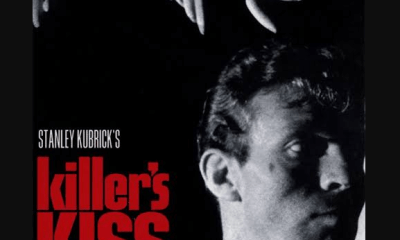
 Featured Articles3 weeks ago
Featured Articles3 weeks agoThe Hauser Report: Cinematic and Literary Notes
-
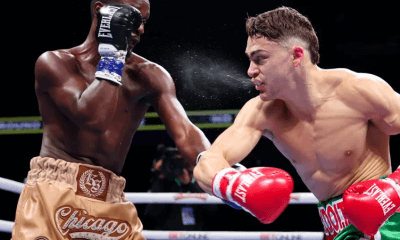
 Featured Articles4 weeks ago
Featured Articles4 weeks agoOscar Duarte and Regis Prograis Prevail on an Action-Packed Fight Card in Chicago
-
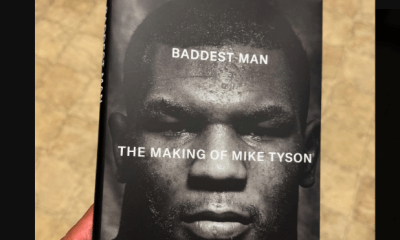
 Book Review3 weeks ago
Book Review3 weeks agoMark Kriegel’s New Book About Mike Tyson is a Must-Read
-
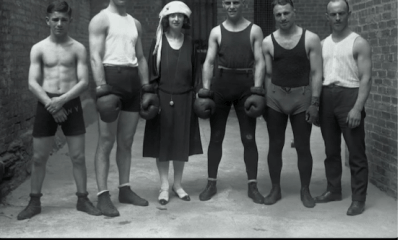
 Featured Articles1 week ago
Featured Articles1 week agoThe Hauser Report: Debunking Two Myths and Other Notes
-
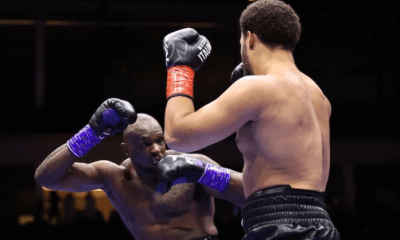
 Featured Articles2 weeks ago
Featured Articles2 weeks agoMoses Itauma Continues his Rapid Rise; Steamrolls Dillian Whyte in Riyadh
-
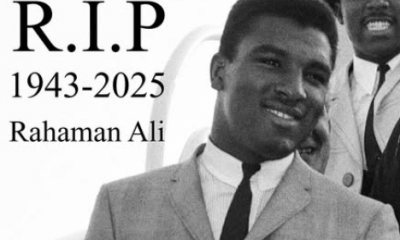
 Featured Articles4 weeks ago
Featured Articles4 weeks agoRahaman Ali (1943-2025)
-

 Featured Articles4 weeks ago
Featured Articles4 weeks agoTop Rank Boxing is in Limbo, but that Hasn’t Benched Robert Garcia’s Up-and-Comers
-
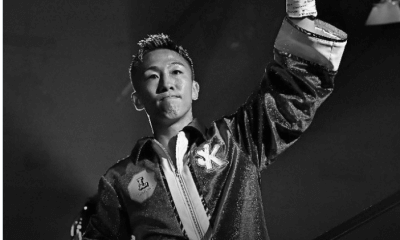
 Featured Articles3 weeks ago
Featured Articles3 weeks agoKotari and Urakawa – Two Fatalities on the Same Card in Japan: Boxing’s Darkest Day


